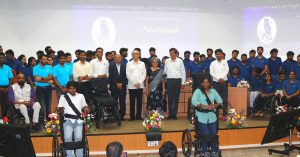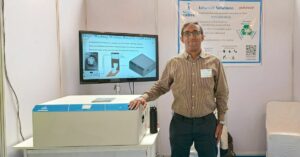These 10 Transformative Inventions From 2016 Can Impact the Lives of Millions in India
The year 2016 saw many ingenious invention, with people across the country picturing a better world and finding a solution to make it happen. Here's a list of the year's most impactful innovations that offer solutions to some of India's most pressing problems.

Inventions are not everyone’s cup of tea. They require observation, passion, patience, and perseverance. More than anything else, they need gumption and hard work. However, truly transformative inventions happen when idealism meets the incredible ideas of people who question the status quo, who defy logic, and those who love to take the road less travelled.
The year 2016 saw many ingenious invention, with people across the country picturing a better world and finding a solution to make it happen. From solar trees to self-repairing roads, these inventions have the potential to dramatically impact the way people live.
Here’s a list of 2016’s most impactful innovations that offer solutions to some of India’s most pressing problems.
1. SuryaGen Solar Water Purifier
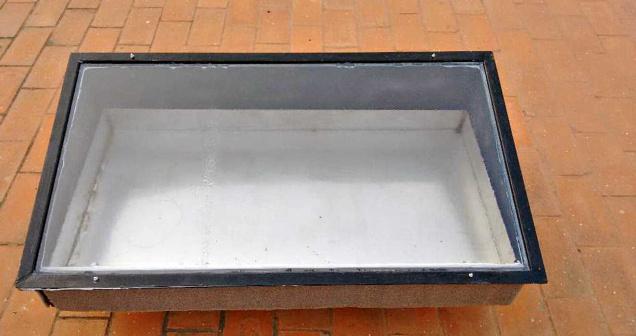
Photo Source
Developed by IISc. researchers and Suryagen Renewables, this open source solar water purifier can transform water from any source – be it from sea, river, pond, wells, or even water collected from rain – into potable water. The low-cost device can also provide clear drinking water in areas where the only sources are contaminated with arsenic, fluoride or sewage.
In this device, impure water is evaporated using solar energy and the vapours are condensed to pure water on a cold surface. This leaves behind bacteria, heavy metals, arsenic, fluoride and other impurities. It can effectively produce 1.5 litres of potable water from 3 litres of impure water daily.
2. Envigreen Edible Bags
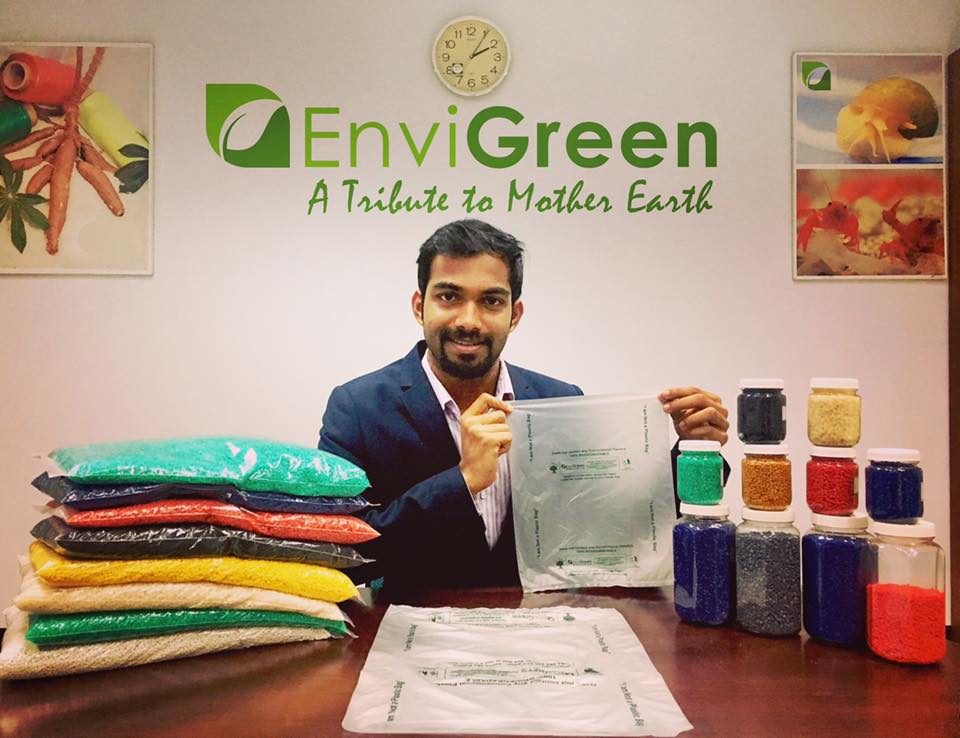
India has been moving away from plastics for many years and many cities have already issued plastic bag bans. While legislation like this helps to protect our environment and wildlife, a young entrepreneur, Ashwath Hegde, noticed that it was a hardship for many Indians.
“People were concerned bout how they would carry products from the market now. Everyone cannot afford a bag worth Rs. 5 or Rs. 15 to carry a kilogram of sugar,” says Hegde. So he decided to come up with a solution that would be sustainable and affordable.
He eventually landed on a combination of natural starch (from potato and tapioca) and vegetable oils to make a bag that looks and feels just like plastic with none of the negative environmental impacts of a plastic vessel. EnviGreen‘s bags will naturally degrade in 180 days and if they are submerged in water they disappear in a day. Oh and also – these bags are edible. This means that when animals encounter non-degraded bags, they can eat them with no adverse effects.
Read More Here.
3. Self-Repairing Roads
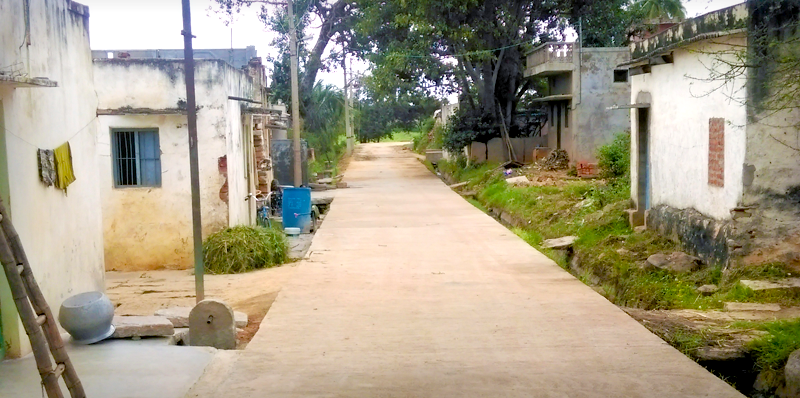
Photo Source
Nemkumar Bhantia, a professor in the Civil Engineering Department at University of British Columbia (UBC) in the Canada, has developed roads that are self-repairing and sustainable. Built used ultra high-strength concrete and special fibres developed at UBC, the first such road in Karnataka is not only cost-effective, but has greater longevity.
Unlike the typical concrete road, in which cement is a key component, Banthia’s self-repairing road uses 60 % fly-ash and only 40 % cement. The fibres used have a hydrophilic nano-coating, which attract water in the event of rains. The water then becomes a key component in healing cracks. When a crack appears, this water gives hydration capability to the un-hydrated cement, and produces more silicates, which actually close the crack before they grow larger.
4. Ulta Chaata Harvester
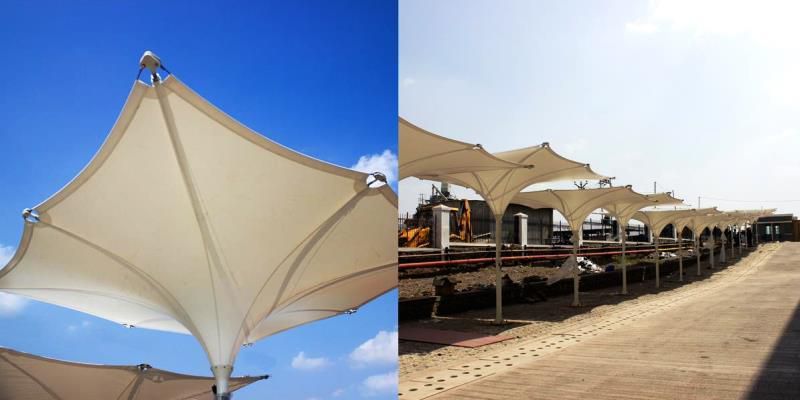
Photo Source
A couple passionate about conservation, Samit and Priya Choksi’s first product is Ulta Chaata, an indigenous patented system that smartly converges rainwater harvesting and generation of renewable energy for open spaces in smart cities, industries, or large campuses. A single unit of Ulta Chata can help you harvest upto 100,000 litres of water and capture energy with maximum peak power of 1.5 Kw.
Ulta Chaata is basically a canopy that captures rain water and then filters it using an integrated 5-step filtration unit. Taps fitted to the storage tank allows users to get purified drinking water. It also works as a solar electricity generation system to provide lighting at night and charge devices. It is also IoT (Internet of Things)-enabled, to collect useful environmental data.
5. Cane-based Prosthetic Limbs
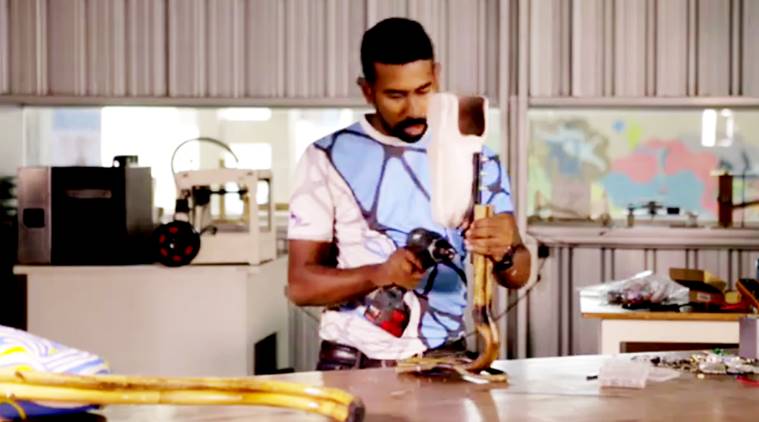
Photo Source
Bengaluru start-up, Rise Legs, has come up with a prosthetic leg for amputees made of cane, which is not only light but much more affordable too. Conventional low-cost prostheses in India, made of rubber wood or plastic, are often rigid, heavy and cumbersome, which makes walking and high level activities difficult for the user. Modern prostheses, while flexible, are made of material like carbon-fibre and Kevlar that make them far too expensive for most amputees in India.
Brainchild of Arun Cherian, a roboticist and engineer, who noticed how cane furniture was made by bending the stem in such beautiful shapes that could also hold human weight. Impressed by the pliability, strength and spring-like quality of the cane, Cherian had one question – Can you make a leg out of cane? Collaborating with a local cane artist, Rahman Abdul, Cherian created “legs with which people can not just walk, but also run, play and dance”, said the Rise Legs founder in a video that subsequently went viral, with more than 200,000 views in less than a day.
Also Read: These 8 IISc Inventions Will Make You Proud of India’s Innovations in Science and Technology
6. Low-Cost Wind Turbines

Photo Source
Avant Garde Innovations, the startup founded by siblings Arun and Anoop George from Kerala, has come up with a low-cost wind turbine that can generate enough electricity to power an entire house for a lifetime. The size of a ceiling fan, this wind turbine can generate 5 kWh/kW per day and cost less than an iphone!
The company launched its pilot project at a church in the capital city of Thiruvananthapuram in January this year. The small wind turbine prototype that it has developed is highly scalable for power capacities of 300 kW or even higher. This revolutionary product has also won them a spot in the Top 20 Cleantech Innovations in India.
7. No-Fuel Plough

A farmer in Banda in Uttar Pradesh, 50-year-old Ram Prasad upcycled an old bicycle to make a low cost plough, and then inspired his neighbours to do the same. During a drought year, he had to sell his bullock to feed his family. Without his bullock and less money to maintain tractors and such equipment, times were difficult. Realising that all these factors only burdened farmers with rising costs and no returns, he decided to find an economical way to sustain farming.
It took him seven years to experiment with various materials. He finally got a breakthrough by converting an old cycle he found in his backyard, with some pieces of iron, into a plough. With a single wheel, front and rear handles, and three diggers attached to it, the machine does not require fuel such as diesel or kerosene to operate. It also costs only Rs 3000 to 4000, which when compared to the cost of a mini plough, bullocks or tractors, is a more economical option for farmers.
Read more here.
8. Solar Power Tree
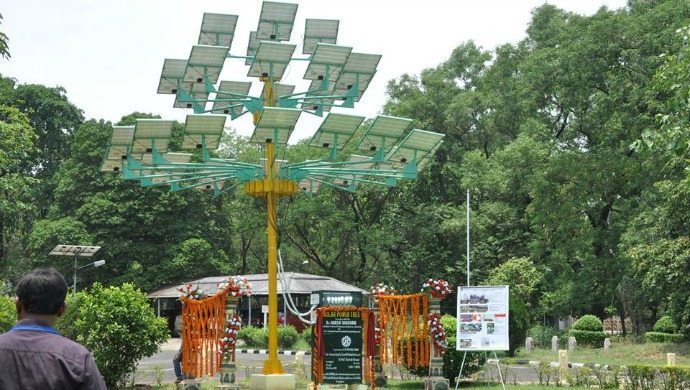
Photo Source
Developed by the Central Mechanical Engineering Research Institute (CSIR-CMERI), the Solar Power Tree generates the same amount of electricity as a conventional array (enough to light up 5 homes), but on a much smaller plot of land. With photovoltaic panels placed at different levels on branches made of steel, “solar trees” could dramatically reduce the amount of land needed to develop solar parks.
Solar power trees are also capable of harnessing 10 to 15 percent more power compared to ground-mounted solar arrays. The tree charges a battery backup system that can provide two hours of light after sunset on a full charge. The solar tree is also self-cleaning, with a built-in water sprinkler to clear any debris that would interfere with efficiency.
9. DewDrop Water-from-Air Condenser
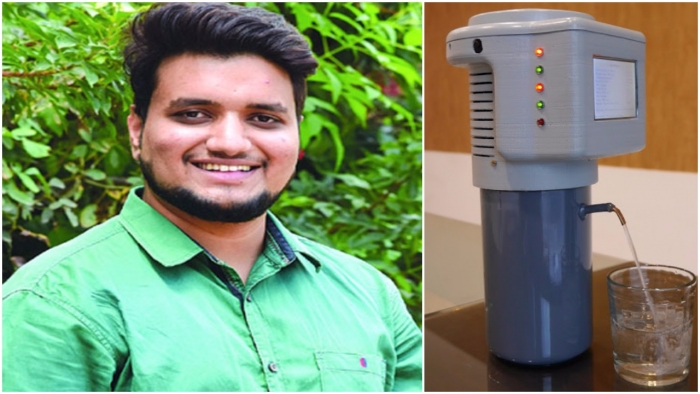
Photo Source
Jawwad Patel, a 22-year-old engineering student from Hyderabad has designed a 3D-printed apparatus which can ‘create’ water from air. He is the first person from Asia to do so. The water apparatus produces pure drinkable water with the the help of computerised sensor interface with UV filter. In an hour, the device can extract nearly 1.8 litres of water from air.
Called ‘Dewdrop’, this device uses the moisture in the air to create the water. It is also not Patel’s first attempt at creating a novel device. He has previously created a smart helmet, which will not let you drive if you are drunk. He has also been nominated for the National Youth Award 2015-16 and Dr APJ Abdul Kalam Excellence Award 2016.
10. Unique Waste Disposal Bins
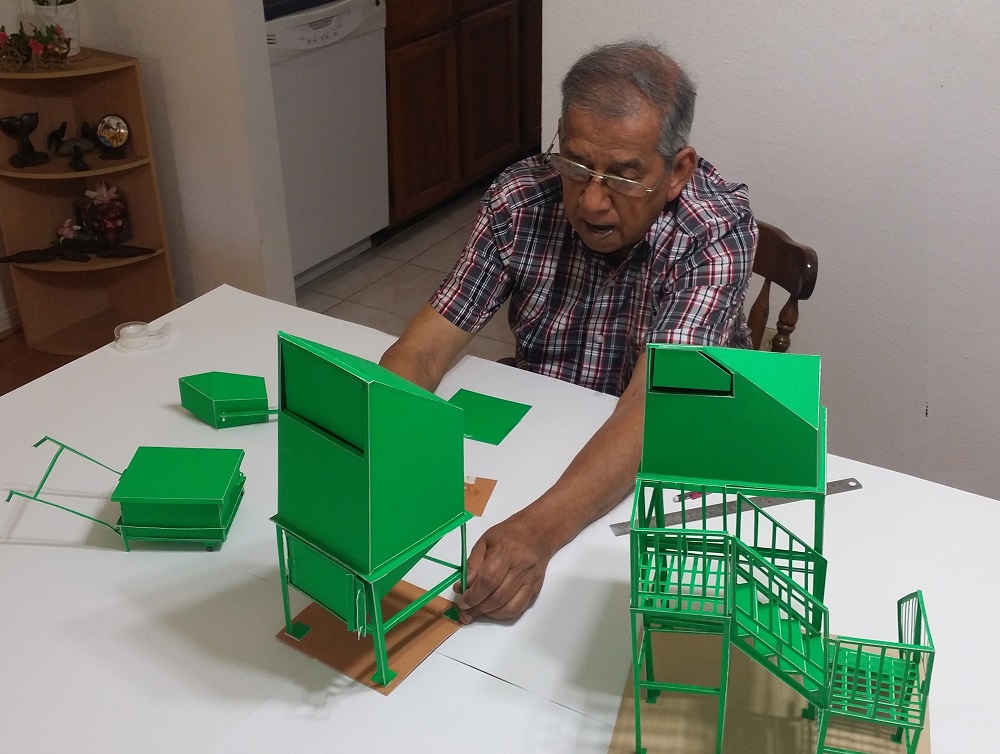
Ganga Narayan Ghosh, an 87-year-old mechanical engineer, has designed some innovative waste disposal bins to tackle the problem of waste management in India in an organised way. He visited 192 cities in India and 80 cities of six continents to explore other systems and finally designed three unique bins – one for homes, another for housing complexes and schools and the largest one for markets and entire localities.
Every bin is covered, which prevents birds and animals from grabbing the waste content inside. Each bin is elevated so the bottom does not get submerged in water and is not corroded. The third and perhaps most unique feature is that the bottom portion of every bin is sloping. The slope creates an ‘angle of slide’ that helps in emptying waste once the front hatch is opened. The garbage automatically comes out of the opening due to gravity.
Specially designed handcarts or regular open-top trucks can be strategically placed in front of the bins to collect waste. This is a huge relief for garbage handlers as they hardly have to touch anything. Even the top surface of each bin is has a slope so rain water cannot accumulate and corrode it. People also cannot leave bags of trash on it.
Read More Here.
Like this story? Have something to share? Email: contact@thebetterindia.
NEW! Log into www.gettbi.com to get positive news on Whatsapp.
This story made me
- 97
- 121
- 89
- 167
Tell Us More
We bring stories straight from the heart of India, to inspire millions and create a wave of impact. Our positive movement is growing bigger everyday, and we would love for you to join it.
Please contribute whatever you can, every little penny helps our team in bringing you more stories that support dreams and spread hope.






